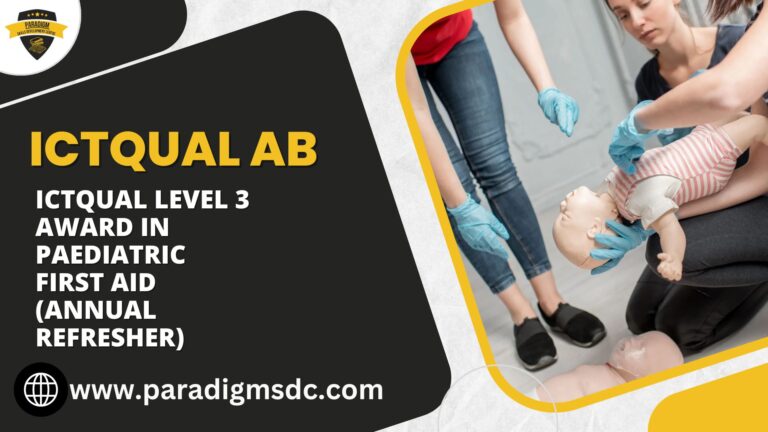Compliance with Health and Safety legislation and regulations is a critical requirement for all businesses. Implementing a structured Occupational Health and Safety Management System (OHSMS) based on recognized standards can provide significant benefits, including improved compliance, reductions in illness and injury statistics and cost savings.
The OHSAS 18001:2007 standard is the most widely recognized Occupational Health & Safety Management System standard globally. This structured management systems approach enables organizations to identify hazards, assess and prioritize risks, and OCCUPATIONAL HEALTH & SAFETY MANAGEMENT SYSTEMS
OHSAS 18001 is compatible with the ISO 14001 and ISO 9001 international standards, and a18more organizations are recognizing the efficiencies and other benefits of an integrated business management systems approach implement appropriate protective and preventive control measures to reduce the potential for occupational injuries, illnesses and fatalities.
OHS&S programs deliver Significant benefits, better awareness and control of workplace hazards and risks can reduce the number and severity of lost time incidents and injuries, improve employee health and safety and deliver other benefits, including:
- Improved compliance with legal and other requirements,
- Potential for fewer, less stringent regulatory inspections,
- Evidence of due diligence and corporate social responsibility,
- A framework for organizational risk management,
- Reduced workers’ compensation costs, insurance premiums and other healthcare costs,
- Reduced absenteeism, resulting in increased productivity,
- Improved employee satisfaction and retention.
- The concepts of ‘due diligence’ and ‘corporate social responsibility’ are increasingly discussed in corporate boardrooms today, and companies are recognizing that the effective implementation of a structured OHSMS can demonstrate good corporate citizenship while concurrently mitigating corporate and personal liability.







